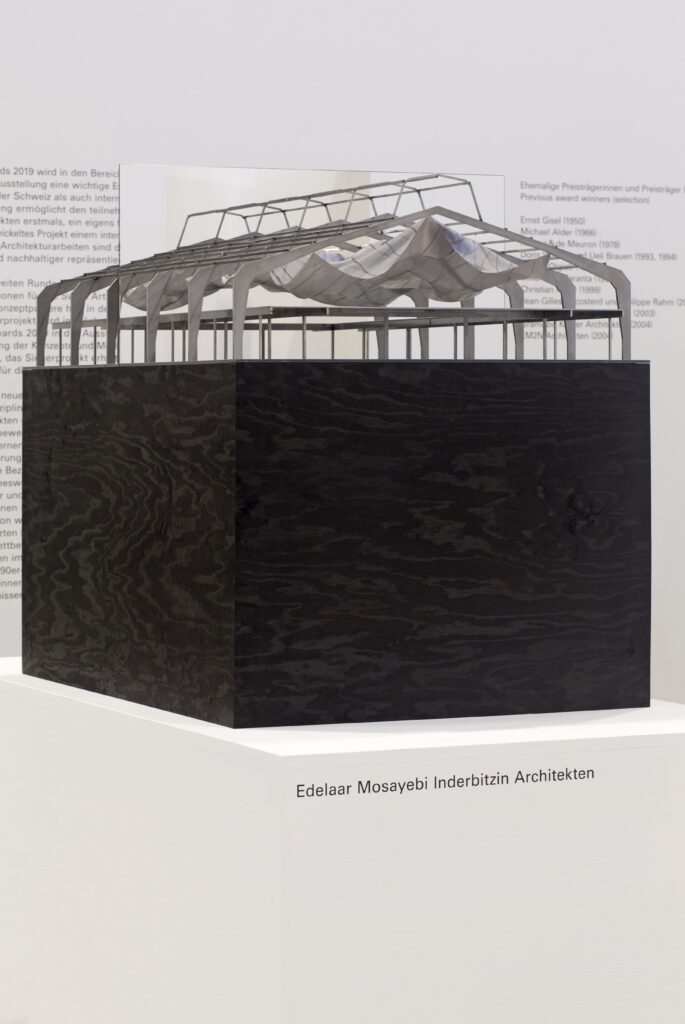Return to archive
title
City as Forest
Speaker
Verena Brehm CITYFÖRSTER
This object will be presented at the TACK Conference in the object session SITE, 20 June 2023 between 09:30 – 11:15 (CEST) at ETH Zürich (Auditorium HPV G5).
Designing is based on images. Nature is an essential source. The image ‘City as Forest’ has accompanied cityfoerster since its founding in 2005 as a mission statement.
We understand the city as a forest: a complex (eco)system in which various spatial elements are synergistically and dynamically networked. In this sense, with every design, the challenge and the opportunity arise to contribute to the system as a whole rather than creating a solitary object.
The metaphor of the city as a forest is always an occasion for interpretation, evokes associations and includes various readings of the interaction of scales, objects, functions, and programs. Thus, the brushwood stands for open spaces for innovation, the humus is the constantly renewing network of urban spaces and userships, wasteland are underexposed places for the unpredictable, only the mixed forest creates climate resilience, material cycles keep the system alive…
The image of the city as a forest is closely linked to a professional self-image that focuses on sustainability and the future viability of architecture and the city. The concept of sustainability comes from forestry: consumption and growth are in balance. This understanding results in concrete tasks and design principles for our work, which we in turn translate into guiding principles and conceptual images and make them interpretable. These include, for example, the realization of recycling architecture according to the guiding principle “design by availability” or climate-adaptive urban designs according to the image “Landschaf(f)tStadt”.
After all, when designing architecture and urban spaces, we follow the guiding principle formulated by the well-known forester Jack Westoby: „Forestry is not about trees, it is about people. And it is about trees only insofar as trees can serve the needs of people.“ 1 Westoby 1967, cited by A. J. Leslie in: Westoby, Jack, The Purpose of Forests. Follies of Development, New York 1987, ix
Verena Brehm is a founding partner of CITYFÖRSTER architecture + urbanism. Her field of work encompasses urban transformation processes. Verena Brehm studied architecture and urban design in Hannover, Berlin, and Copenhagen. Since 2022 she is professor for urban design at the University of Kassel.




